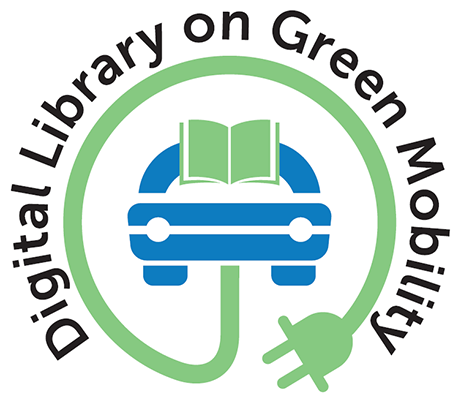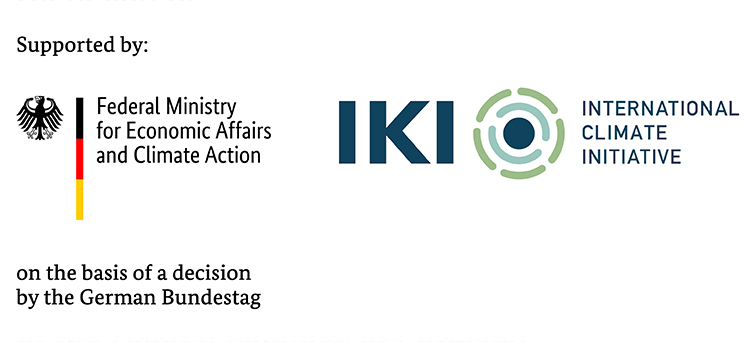Improving fuel efficiency for heavy-duty vehicles of 3.5–12 tonnes in India: benefits, costs, and environmental impacts
Publication Year: 2019
Author(s): Karali N, Abhyankar N, Sharpe B, Bandivadekar A
Abstract:
This analysis examines the benefits and costs of fuel-saving technologies for new heavy-duty vehicles (HDVs) in India over the next 10 years and explores how various scenarios for the deployment of vehicles with these technologies will impact petroleum consumption and carbon dioxide (CO2) emissions out to 2050. This study focuses on HDVs less than 12 tonnes and is an extension of a previous analysis that looked at HDVs greater than 12 tonnes. The project team developed simulation models in Autonomie for two representative HDV types—a 11.9-tonne rigid truck, and 7.5-tonne transit bus—based on top-selling vehicle models in the Indian market. The baseline technology profiles for all three vehicles were developed using India-specific engine data and vehicle specification information from manufacturer literature and input from industry experts. For each of the two vehicles we developed a comprehensive set of seven efficiency technology packages drawing from five major areas: engine, transmission and driveline, tires, aerodynamics, and weight reduction.
Country: India
Publisher/Organisation: International Council on Clean Transportation
URL:
https://theicct.org/wp-content/uploads/2021/06/india_hdv_under_12_ton_report_LBNL_20190320.pdf
Theme: Sustainable transportation | Subtheme: Environment Impact
Related Documents
Reports
Abstract:
Sustainable transport is a cross-cutting theme in the 2030 Agenda for Sustainable Development.... Read More
Opinions/Videos
NDC Transport Initiative for Asia (NDC-TIA)
Published Year: 2020
Abstract:
The virtual kick-off event of the Nationally Determined Contributions (NDC)- Transport Initiat... Read More
Reports
Abstract:
Intended Nationally-Determined Contributions (INDCs) represent a unique opportunity to increas... Read More



